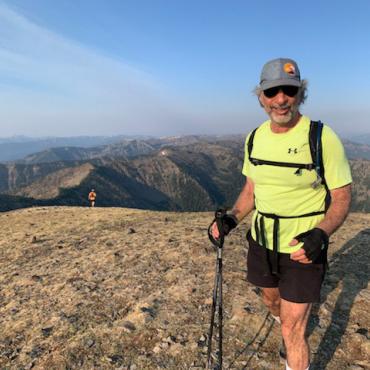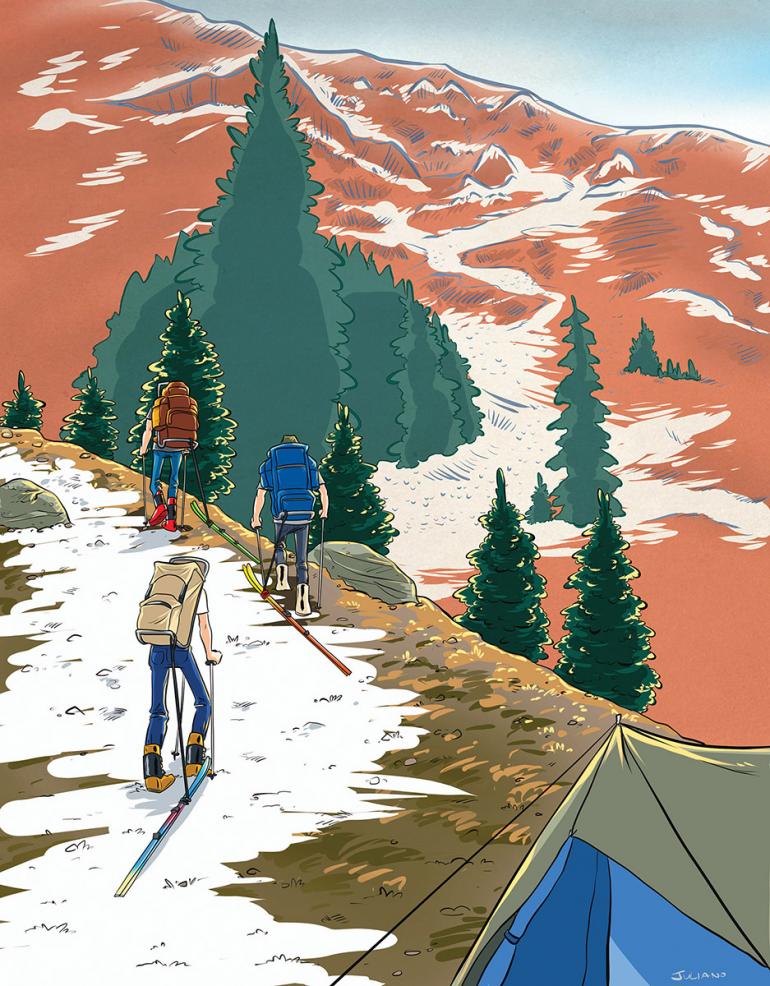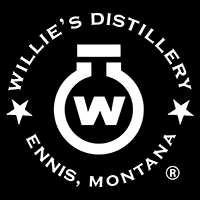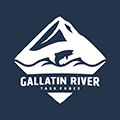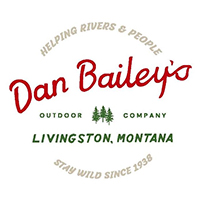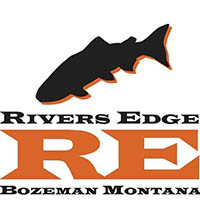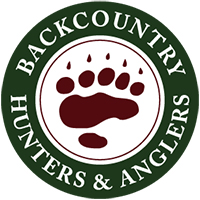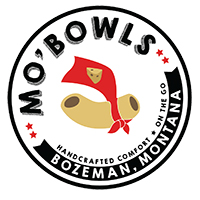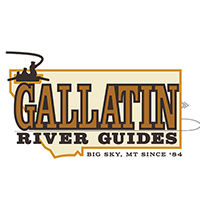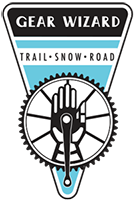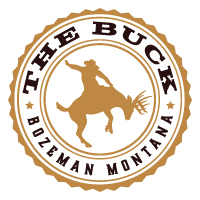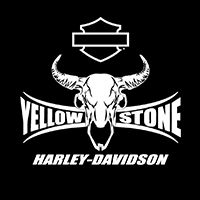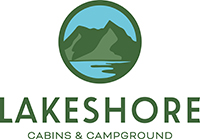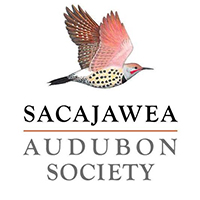Mammoth Mountain
Visions of grandeur in Elephant Couloir.
The north face of Elephant Mountain is visible from town near the crest of the Gallatin Range. The peak is broad and rounded, its outline resembling the profile of an elephant, and the north side is wide and steep across its expanse. In spring, as the snow retreats up the mountainside, a couloir that cleaves the western third of this face stands out. It holds snow long after the rest of Elephant Mountain shows gray, with green patches where the first grasses cling.
Many Bozemanites who consider themselves hardcore skiers have had dreams of skiing the aptly-named Elephant Couloir. It is omnipresent as one moves about town. Look toward Hyalite and there it is. The brilliant white catches one’s eye and holds it as you consider the task ahead. And, like most, when I first moved to town, I had visions of grandeur: daydreams of carving perfect turns down this steep, narrow ravine of snow. In my imagination, the sun shone brightly, and the snow was soft. Reality proved to be much less serene.
By my count, approximately 600 inches of snow had fallen at Bridger Bowl. It had been a fine powder season that lengthened our summer-skiing window.
I made my first climb up Elephant Mountain sans skis. It was the summer of 1980, less than a year since I’d moved to Bozeman. I hadn’t done much research yet, nor bought many maps. I just drove my truck up Hyalite Canyon Road, which was dirt back then, parked, and aimed for the mountain. I hiked across logged-out meadows and made my way to the mountain’s northeast ridge. I summited the peak in short order.
On that hike, I hadn’t even considered dragging skis up to Elephant Couloir. For me, one season at Bridger Bowl wasn’t nearly enough preparation to safely make such a dangerous descent. It took a few 50-plus-day ski seasons to have the muscle and maturity as a skier to garner the confidence that such an undertaking required. Simply put, Elephant Couloir was out of my league.
It wasn’t until the afternoon of July 1, 1982, that Huk, Joe, and I made our first expedition to ski the route. It was late in the year to be doing a backcountry ski trip. The snow was melting fast, and rocks stuck out everywhere. On a typical snow year in the ’80s, we might have been out of luck by now—but the previous winter had been anything but a typical snow year. By my count, approximately 600 inches of snow had fallen at Bridger Bowl. It had been a fine powder season that lengthened our summer-skiing window.
We hiked the trail up Blackmore Creek with heavy packs; our skis were lashed to the outside, our boots perched atop the burly metal frames. We made camp in the forest, just below snowline at about 8,000 feet. Elephant Mountain tops out just above 10,000 and the couloir at about 9,600. From our camp, the remains of the deep snow that storms had piled up and that avalanches had swept down the north face lay before us. From the top of the couloir to our camp was the promise of 1,600 vertical feet of challenging skiing. We set up camp and then took off for the couloir.
To make the climb above camp, we donned our ski boots and dragged our skis behind us using bungees and webbing loops in a choke collar around our ski tips. We had tested this technique on innumerable climbs to the Ridge at Bridger Bowl. It was much more comfortable than lashing skis to a daypack—they didn’t crash into tree branches in the forest, or affect our balance on steep terrain.
Not only was the snow surface rock-hard, but it had melted away from the rock towers lining both sides of the couloir, forming deep wells that threatened to suck a fallen skier into the rocks.
We kept moving higher onto the north face of Elephant toward the couloir. We climbed through a 50-foot-wide corridor bisecting a rock band that spanned the face, and then angled our way across the steep snow-covered slope above.
The climbing was challenging. It was late in the day, and the sun that graces the face at midday this time of year had long since left us in shadow. Gray, moisture-laden clouds filled the sky, turning the air cool and the snow rock-hard. Lacking crampons, we kicked shallow steps into the surface with our boots. The slope steadily steepened, and our knees pressed into the face with every step. Progress was slow and steady, and we took turns kicking in steps and leading the way up.
My blood ran cold as we made our final passage into the couloir. It wasn’t the 50-degree slope—we had all accomplished controlled descents on slopes this steep before—it was the conditions. Not only was the snow surface rock-hard, but it had melted away from the rock towers lining both sides of the couloir, forming deep wells that threatened to suck a fallen skier into the rocks.
In addition to the ice, the slope was badly sun-cupped. The snow had gone through enough freeze-thaw cycles over the last several days to have left the surface looking like that of a lake on a windy day. This was going to leave our skis with few points of contact as we made our way down the slope—and bear in mind, these were not modern skis.
I was riding a pair of giant-slalom powder boards that were just shy of seven feet long, which meant that, with snow-wells on either side of the couloir, I would be restricted to turns with a three-foot radius down the narrow band of skiable snow. Any wider, and my ski tips would flirt with the air above the snow wells, or worse, the jagged rock walls. One slip and a skier would plummet down the ice and into the rocks in an instant. The skis would be shredded into toothpicks and—well, let’s just say falling wasn’t an option. In reasonable conditions this was perfectly doable, but on this ice it was going to test our skills.
While skis offered a tenuous grip on the icy, sun-cupped gulley, hiking down would’ve been suicide.
We finally made it to the top of the couloir and planted ourselves on some rocks for a break. I pulled out a bag of M&Ms, Joe dug up some granola bars, and Huk peeled a few oranges. We shared these goodies around and contemplated the task ahead. Getting down this slope was as much about psychology as it was about skill. We had to believe that we could safely descend this couloir by doing what came naturally after hundreds of days of skiing: keeping our weight pressed forward over our skis and attacking the slope. Timidity would only get us in trouble.
We all knew this, but I still couldn’t help myself. I had to ask, “You guys think we can ski this?” With this question, I revealed a chink in my psychological armor. I expect Joe and Huk were each asking themselves the same thing, and my expressing it aloud could have had a devastating domino effect. But I have never been good at internalizing my uncertainties.
Lucky for us, however, Huk was known for his Robert Redford–like gallantry. If Joe was suffering from a similar crisis of confidence, he didn’t reveal it. “Well shit, Charlie, of course we can ski it,” he said.
Huk finished chewing on his mouthful of M&Ms and asked, “You gonna walk back down?” While skis offered a tenuous grip on the icy, sun-cupped gulley, hiking down would’ve been suicide.
With that we got up, organized our packs, tightened our boots, and clipped in. Joe went first. He yelled “Let’s turn ’em up, boys!” and was off. He made four jump-turns and stopped. “Whoa, this is sketchy,” he called to us up the hill. But after a few more sets of jump-turns, he had worked his way through the most dangerous passage.
Huk was next. He made the first few jump-turns and he too stopped. “Fuck me, man this is wild!” he roared. He eased his way through the couloir a few careful turns at a time. At the bottom he called out, “We’re really turning this thing up, aren’t we?” and laughed.
Then it was my turn. I was comfortable enough planting my poles, leaning with the mountain and twisting my skis downhill to make that first turn. It was the second turn that was difficult. My bulky boards were more at home carving big arcs down open slopes than tight turns through an icy gorge. Here I was, barely around the first turn, and I was jumping to twist these behemoths back the other way. They resisted mightily. It wasn’t graceful, and the skis were skittering across the ice. I stopped after the second turn. “Sure could use a metal file right about now,” I called out, the tone of my voice betraying my building anxiety.
“Keep it cool,” Huk called up from below, “you can do this.” I leaned into my next pair of turns. And that’s how it went. Two turns at a time was hardly shredding, but I too made it down safely. Below the couloir, we opened it up and had a blast carving up the lower reaches of Elephant.
When we finally made our way into the chute, I was ebullient.
We didn’t exactly shred Elephant Couloir that day, but I would take another shot at it the next year. I came back early in June, this time with two other friends, Peter and Gary. We camped at the base of what we dubbed The Breakfast Chutes. These are a row of short couloirs, offering three tight turns followed by about ten more on a face that flattened out at our tents. The chutes were in the forest at the very lower reaches of Elephant’s north face. We had a playful evening after setting up camp, catching runs in these gullies between swigs of Jim Beam and bites of homemade cinnamon buns.
The next morning, we waited until the sun shone brightly and the snow was soft before we climbed the couloir. When we finally made our way into the chute, I was ebullient. It was earlier in the year than my previous attempt, and as I’d hoped, the wells had not yet formed at the base of the rock towers. The snow was soft; the conditions were ideal. We cranked out one beautiful turn after another.
Peter and Gary made three runs down the couloir that day. I made two, and kicked steps down a third after my skis slipped out of their choke collar when I was below the Couloir, and went skittering down the slope without me. I watched them slide steadily down until they smacked into the rock band with a thunk and came to rest.
I then watched Peter and Gary carve up the couloir for the third and final time that day. They stopped at the rock band to see that I had recovered my skis, and we cruised down the lower reaches of Elephant Mountain together, back to The Breakfast Chutes and our tents. It was that day that fulfilled my visions of grandeur.

